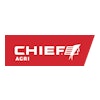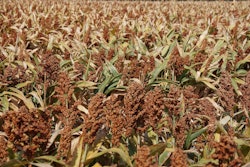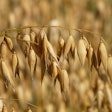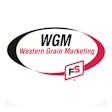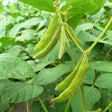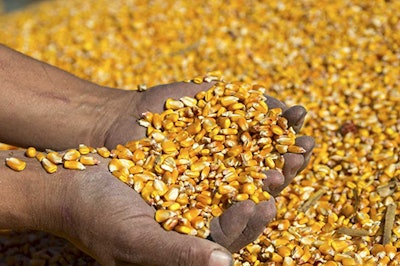
The quality of U.S. corn assembled for export early in the 2020/2021 marketing year was rated at U.S. grade No. 2 or better on all grade factors, with higher test weight and lower total damage and broken corn and foreign material (BCFM) than 2019/2020 export samples, according to the U.S. Grains Council’s (USGC’s)2020/2021 Corn Export Cargo Quality Report,releasedthis week.

“To help fulfill our mission of connecting U.S. farmers to global markets, the Council is pleased to offer this report as a service to our international customers. We hope it continues to provide valuable information about the quality of the U.S. corn crop to our trading partners,” said USGC Chairman Jim Raben, a farmer from Illinois.
“Favorable growing season conditions experienced by the 2020 U.S. crop likely benefitted the quality of the corn assembled for export early in the 2020/2021 marketing year. The quality information provided in the report is important to foreign buyers and other industry stakeholders as they make decisions about grain origination and grade while finalizing their purchase contracts and processing needs for corn for feed, food or industrial use.”
The2020/2021 Export Cargo Reportprovides information about the quality of U.S. yellow commodity corn assembled for export early in the marketing year and creates value for all stakeholders for evaluating the year-to-year changes in the U.S. corn crop.
Highlights of the aggregate quality attributes of the 2020/2021 export samples included:
- Higher average test weight [57.9 pounds per bushel (lb/bu) or 74.5 kilograms per hectoliter (kg/hl)] than 2019/2020 and the five-year average, indicating overall good quality.
- Most (92.7 percent) samples at or above the limit for U.S. No. 1 grade compared to 73.1 percent of the samples in 2019/2020.
- Lower average BCFM (2.8 percent) than 2019/2020, the five-year average and the maximum limit for U.S. No. 2 grade. BCFM predictably increased from 0.8 to 2.8 percent, as the crop moved from harvest through the marketing channel to export.
- Lower average total damage at export (2.3 percent) than 2019/2020 but similar to the five-year average.
- Nearly all (96.6 percent) of the samples at or below the limit for U.S. No. 2 grade.
- Average heat damage of 0.0 percent, the same as 2019/2020 and the five-year average, indicating good management of drying and storage of corn throughout the marketing channel.
- 平均100粒重(37.01克)更高的那n 2019/2020 and the five-year average, indicating heavier kernels in 2020/2021 than last year and the five-year average.
- All but one of the samples tested below the Food and Drug Administration (FDA) action level for aflatoxin of 20.0 parts per billion (ppb). A total of 98.3 percent of export samples had levels of aflatoxin below the Federal Grain Inspection Service (FGIS) “Lower Conformance Limit” of 5.0 ppb in 2020/2021, a slightly higher proportion than in 2019/2020 (96.3%).
- All the samples below the 5.0 parts per million (ppm) FDA advisory level for DON, the same as 2019/2020. Of the 180 samples tested for DON in 2020/2021, 95.6% showed levels of DON below 1.5 ppm, a lower proportion than in 2019/2020 (98.3 percent).
- Of the 180 samples tested for fumonisin, 179 or 99.4 percent tested below the FDA’s strictest guidance level for fumonisin of 5.0 ppm.
The export quality report is based on 440 samples taken at the point of loading for international shipment early in the 2020/2021 marketing year. - This report and its sisterreport,2020/2021 Corn Harvest Quality Report, provide an early look at the grade factors established by the U.S. Department of Agriculture (USDA) as well as chemical composition and other quality characteristics not reported elsewhere.
Reports in thisseriesof quality reports – 10 in all - use a consistent and transparent methodology to allow for insightful comparisons across time.
USGC rolled out the preliminary results from the export quality report in a series of webinars for customers in Latin America and the Caribbean in early May and a joint virtual crop quality seminar between potential buyers, end-users and Council staff from Japan, South Korea and Taiwan last week. More rollout events are planned in Mexico and other markets around the world in the coming months to help establish clear expectations with buyers and end-users regarding the quality of corn this marketing year.
“USGC is dedicated to the furtherance of global food security and mutual economic benefit and offers this report to promote continuous trade expansion,” Raben said. “By providing this reliable and timely report on the quality of U.S. corn destined for export, buyers can make well-informed decisions and have confidence in the capacity and reliability of the U.S. corn market.”

